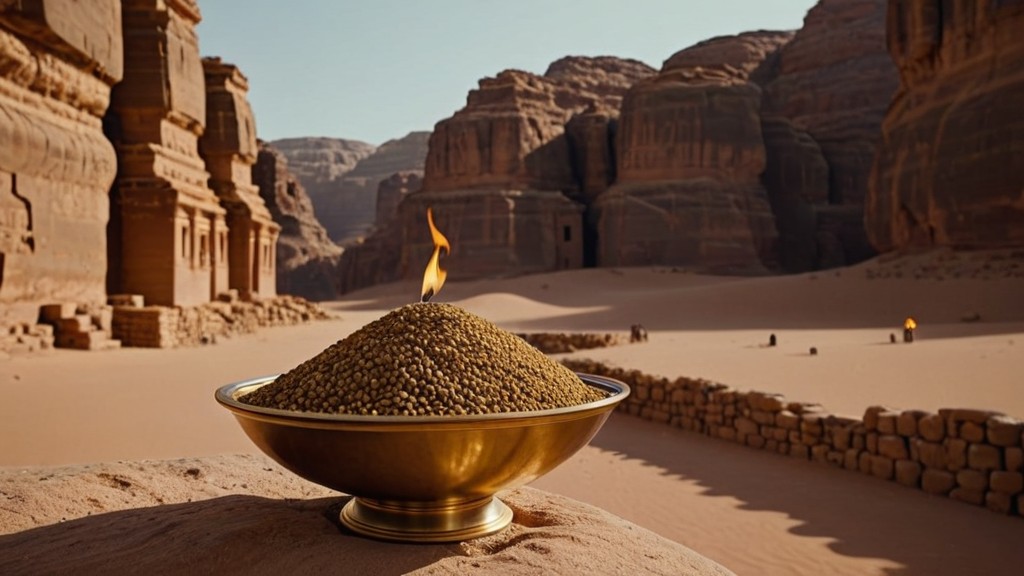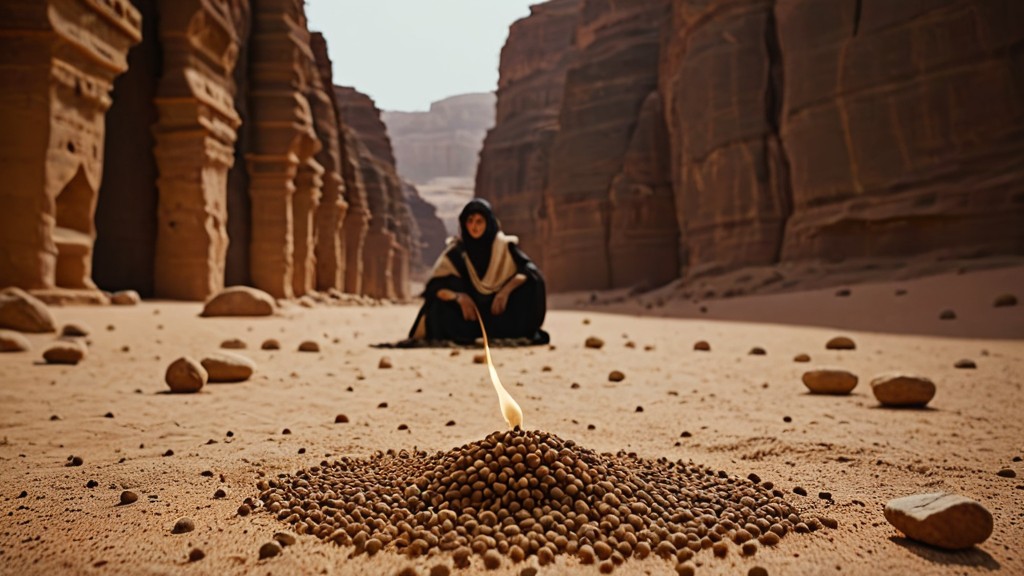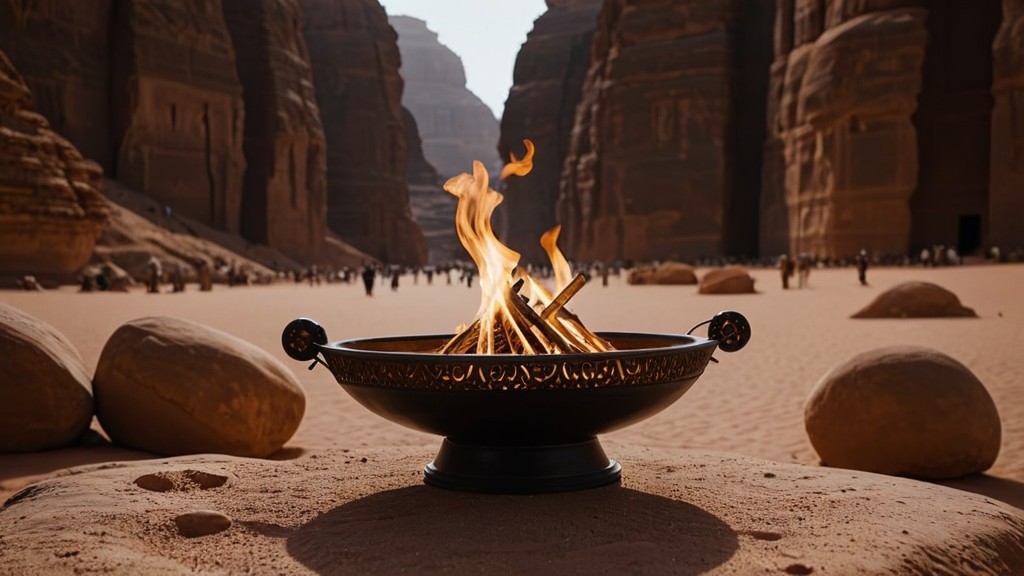Unveiling the Secrets of Arabia

Unveiling the Secrets of Arabia The Incense Route was not just a mere series of trade paths—it was the lifeblood of economic, cultural, and social exchange in ancient Arabia. Spanning across the Arabian Peninsula, this route facilitated the trade of precious commodities like frankincense and myrrh, connecting the East with the Mediterranean world. Key locations along this route, such as Petra and Madain Saleh, were pivotal in shaping regional trade and cultural interactions, leaving a lasting legacy that is still studied today. Unveiling the Secrets of Arabia
The Significance of the Incense Route
Origins and Pathways
The Incense Route can be traced back to around 2000 BCE, with its trade flourishing around 300 BCE to 300 CE. Originating in the southern Arabian Peninsula, it encompassed vital locations in modern-day Yemen, Oman, Jordan, and Saudi Arabia. The route was not a single path but rather an intricate network of trails that traversed deserts, mountains, and oases, ensuring the exchange of goods across vast distances. Unveiling the Secrets of Arabia
The primary commodities traded along this route were frankincense and myrrh—resins from the boswellia and commiphora trees, respectively. These substances were highly sought after in the Mediterranean for their use in religious rituals, perfumes, and medicines, thus creating a thriving economy in the region.
Economic Impact
The economic repercussions of the Incense Route were profound. Cities along the route, such as Petra and Madain Saleh, flourished and became bustling trade centers. The trade of incense was immensely profitable; it is estimated that the value of frankincense and myrrh was equivalent to gold during certain periods. This influx of wealth led to significant urban development, architectural achievements, and the emergence of complex societies.
Key Locations Along the Incense Route
Petra: The Rose City Unveiling the Secrets of Arabia
Petra, located in present-day Jordan, was the capital of the Nabataean Kingdom and served as a crucial hub for the Incense Route. Known for its stunning rock-cut architecture, Petra is often referred to as the "Rose City" due to the color of the stone from which it is carved. Unveiling the Secrets of Arabia
Architectural Marvels
Petra's unique architecture reflects a blend of Nabataean, Hellenistic, and Roman influences. The city's most famous structure, Al-Khazneh (The Treasury), showcases intricate carvings and monumental facades. This architectural splendor was made possible by the wealth generated from the trade of incense and other goods.

Image of Petra, Jordan (Photo credit: Wikimedia Commons)
Cultural Exchange
Petra was not only a trading hub but also a meeting point for diverse cultures. The influx of traders from different regions facilitated the exchange of languages, customs, and ideas, enriching the local culture. The Nabataeans adapted various cultural influences, evident in their art, religion, and social practices.
Madain Saleh: The Southern Gateway Unveiling the Secrets of Arabia
Another significant archaeological site along the Incense Route is Madain Saleh, located in northwestern Saudi Arabia. Recognized as Saudi Arabia's first UNESCO World Heritage Site, Madain Saleh was the southern capital of the Nabataean Kingdom. Unveiling the Secrets of Arabia
Architectural Significance

Madain Saleh is renowned for its well-preserved rock-cut tombs and monumental facades, similar to those found in Petra. The intricate designs of these tombs illustrate the artistic skills of the Nabataeans and their deep-seated beliefs in the afterlife. The site reflects the power and wealth attained through trade, showcasing an advanced civilization that thrived through commerce.
Economic and Cultural Hub
Like Petra, Madain Saleh was a vital trading post. Its strategic location allowed traders to facilitate the exchange of goods between Arabia and other regions. The city's architecture and artifacts provide insights into the cultural practices of the Nabataeans, revealing a society that embraced trade and cultural interchange.

Image of Madain Saleh, Saudi Arabia (Photo credit: Wikimedia Commons)
The Cultural Impact of the Incense Route
Societal Changes
The Incense Route brought about significant societal changes along its path. The prosperity generated by trade led to the growth of urban centers like Petra and Madain Saleh, which in turn attracted diverse populations, including traders, artisans, and scholars. This convergence of cultures fostered innovation and creativity, as new ideas and practices were shared.
Religious Influences
The trade of incense also had profound religious implications. Incense was used in various religious rituals across cultures—from ancient Egyptian temples to early Christian and Islamic practices. The movement of goods facilitated not only the exchange of material items but also religious beliefs and practices, increasing the region's spiritual diversity.
Legacy of the Incense Route
Modern Reflections
Today, the legacy of the Incense Route can still be seen in the archaeological sites of Petra and Madain Saleh, which attract thousands of tourists each year. These sites serve as reminders of the rich history of trade and cultural exchange in Arabia, highlighting the significance of the region in the ancient world.
Historical Studies
Scholars and archaeologists continue to study the Incense Route, uncovering new findings that deepen our understanding of ancient trade dynamics. Ongoing excavations and research reveal the complexity of the trade networks and the social structures that supported them.
Conclusion
The Incense Route played a crucial role in shaping the economic, cultural, and social landscapes of ancient Arabia. Key locations like Petra and Madain Saleh served not only as trading hubs but also as vital centers of cultural exchange. The route's impact is a testament to the interconnectedness of ancient civilizations, illustrating how trade can shape societies across vast distances. As we continue to explore and understand this historic trade network, we come to appreciate the richness of human interaction that transcended borders and time.
